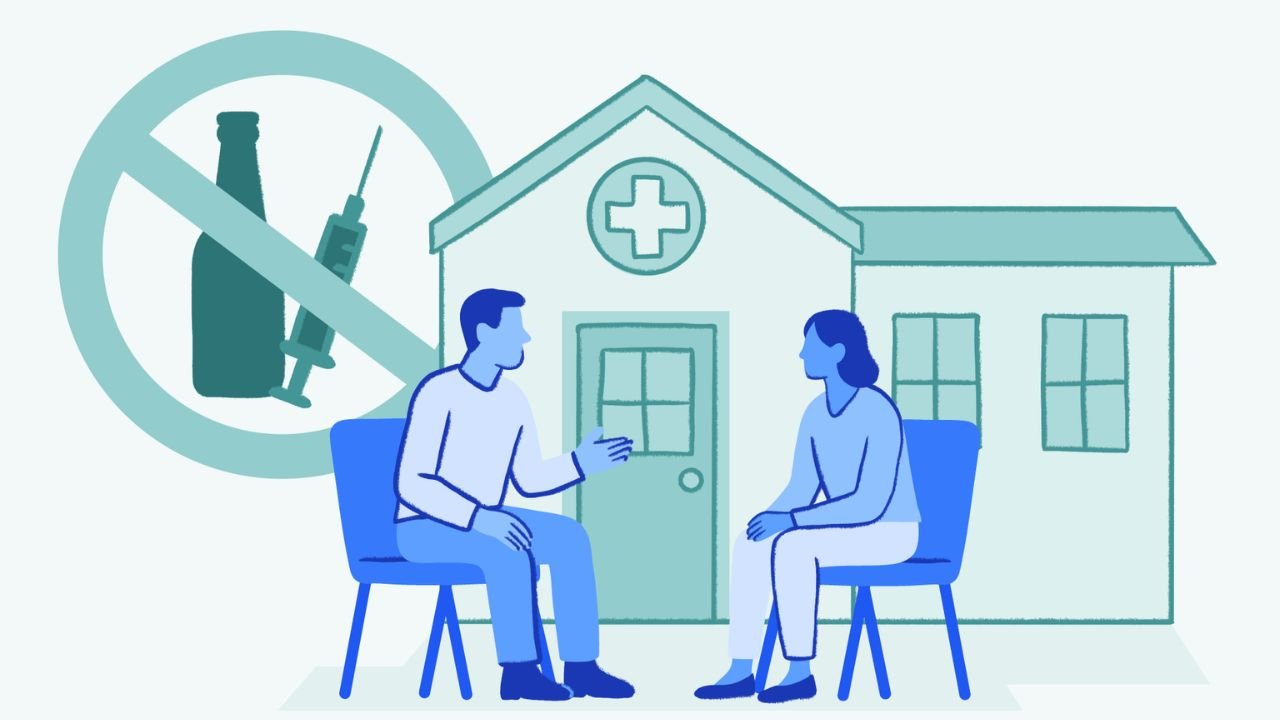Addiction affects people in different ways, so there’s no one-size-fits-all solution for treatment. The right rehab program depends on your needs, lifestyle, and the level of care you require. Some people do best in a structured environment, while others need a program that fits into their daily lives. The good news is that there are many options, and finding the right one can put you on a path to lasting recovery.
Detox: The First Step Toward Healing
For many, rehab starts with detox. This is when the body clears itself of drugs or alcohol, and it can come with withdrawal symptoms that range from mild to severe. Some people can detox at home with medical supervision, but for others, a medical detox program in a rehab facility is safer. These programs provide 24/7 care, so doctors and nurses can help ease withdrawal symptoms and monitor your health.
The length of detox depends on the substance and how long a person has been using it. Some withdrawals last just a few days, while others can take weeks. The most important thing to know about detox is that it’s just the beginning. On its own, it doesn’t treat addiction. Once detox is complete, the real work of recovery begins.
Inpatient Rehab: A Structured Path to Recovery
Inpatient rehab, also called residential treatment, is a full-immersion approach to recovery. People live at the rehab center and follow a structured daily routine filled with therapy, medical care, and group support. This type of rehab is best for those who need to step away from their daily environment to focus completely on healing.
The length of stay varies, but most inpatient programs last 30 to 90 days. Some offer extended care that lasts several months. These programs help people build healthy habits and coping skills while living in a drug- and alcohol-free setting. They also provide medical and mental health care, which can be important for those struggling with depression, anxiety, or trauma alongside addiction.
Facilities range from hospital-like settings to more home-like environments. Some well-known programs, like The Betty Ford Center, Indiana Treatment Centers, or Passages in Malibu, offer cutting edge-treatments and personalized care. The key to choosing the right inpatient rehab is finding one that fits your needs, whether that’s medical support, therapy options, or a strong sense of community.
Outpatient Rehab: Flexibility While Staying at Home
For those who can’t step away from work, school, or family responsibilities, outpatient rehab can be a good choice. This type of program allows people to live at home while attending therapy and support groups several times a week.
Outpatient rehab works well for people with mild to moderate addiction who have a strong support system at home. It can also be a step-down option after completing inpatient treatment. There are different levels of outpatient care, from intensive programs that require daily attendance to more flexible options that meet a few times per week.
The biggest challenge with outpatient rehab is staying accountable. Without the structure of inpatient treatment, it’s easier to fall back into old habits. That’s why therapy, group support, and a strong personal commitment are so important.
The Effectiveness of Inpatient Rehab vs. Outpatient Treatment
One of the biggest questions people ask is whether inpatient or outpatient rehab is more effective. The answer depends on the person and their situation. Inpatient rehab tends to have higher success rates because it removes people from their triggers and gives them time to fully focus on recovery. The structure and round-the-clock care help build a strong foundation for long-term sobriety.
That said, outpatient rehab can also be highly effective for the right person. Those who are highly motivated, have a supportive home environment, and don’t need medical detox can do well in outpatient programs. In some cases, a combination of both—starting with inpatient and then transitioning to outpatient—works best.
Success in any rehab program depends on personal commitment, the quality of care, and ongoing support after treatment ends. Long-term recovery isn’t just about getting sober; it’s about learning how to live a healthier, addiction-free life.
Holistic and Alternative Rehab Approaches
Some rehab programs go beyond traditional medical and therapy-based treatments by offering holistic or alternative approaches. These may include yoga, meditation, acupuncture, or art therapy. The goal is to heal not just the addiction but the whole person—body, mind, and spirit.
Some people find that a more holistic approach helps them connect with their recovery in a deeper way. Others prefer a strictly clinical setting. The most important thing is finding a program that resonates with you and keeps you engaged in the process.
Finding the Right Rehab for You
Choosing the right rehab can feel overwhelming, but focusing on your specific needs can help. Think about what level of care you need, whether you require medical detox, and what kind of environment will support your recovery best. If one approach doesn’t work, that doesn’t mean you’ve failed—it just means it’s time to try a different path.
Recovery is a journey, and the most important step is the first one. Whether you choose inpatient, outpatient, or a holistic approach, the key is committing to a program that supports your long-term success. Healing is possible, and the right rehab can help you get there.



